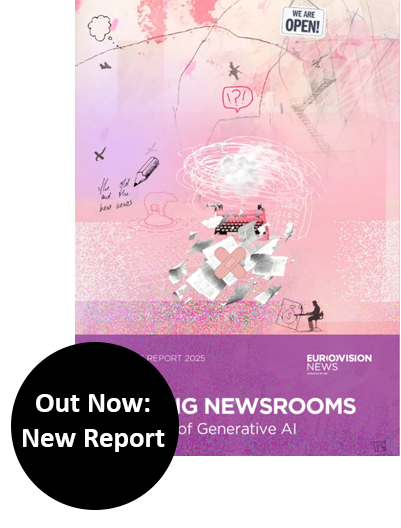As a rapporteur for Wan-Ifra’s World News Media Congress 2025 in Krakow and member of their Expert Panel, Alexandra had the honor of sharing her key insights on stage in the final wrap-up, together with co-experts Jeremy Clifford (UK) and Chris Janz (AUS). This is the written-up version:
🏄 It’s about strategy: No matter which technology or platform you are using, it won’t help you when you don’t know your mission and the needs of your audiences. And when you have a strategy, follow it – and cut down on the rest.
🏄 It’s about direct and loyal relationships to users and customers: Give people more reasons to go directly on your site and engage, to download your app, to subscribe to your products, to attend your events. In an AI mediated environment when referrals from search decline and your brand will further lose visibility, this is the only way to make your business sustainable.
🏄 It’s about brand: Trust is rooted in brands. This could be personal brands or organizational brands. Double down on clarifying and delivering the value proposition of your brand. Young people tend to be less loyal or even brand agnostic. Put particularly effort in attracting and retaining the next generations of users by understanding their needs.
🏄 It’s about emotion: In a sea of choices, signals that trigger emotional responses matter. Feeling connected is a human need. When so much of life is dominated by technology, people are even more likely to look for authenticity. Particularly young people want to be listened to, not talked down to.
🏄 It’s about place: In a globalized, sometimes confusing world, many people are looking for meaning and human connection in their communities. Much of political polarization is fueled by the rural-urban divide: people from outside the political centres often feel not represented in public debates and policy making. There is potential for excellent storytelling away from where power crowds. Local journalism matters.
🏄 It’s about journalism: In an age when content can be produced at scale by AI, we need to move journalism up the value chain, as SVT’s Director General Anne Lagercrantz put it in a recent interview. And every news organization needs to explore and talk more about what that means for them. We don’t talk about what we mean by quality journalism nearly enough.



